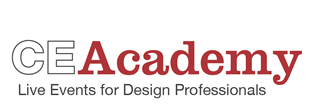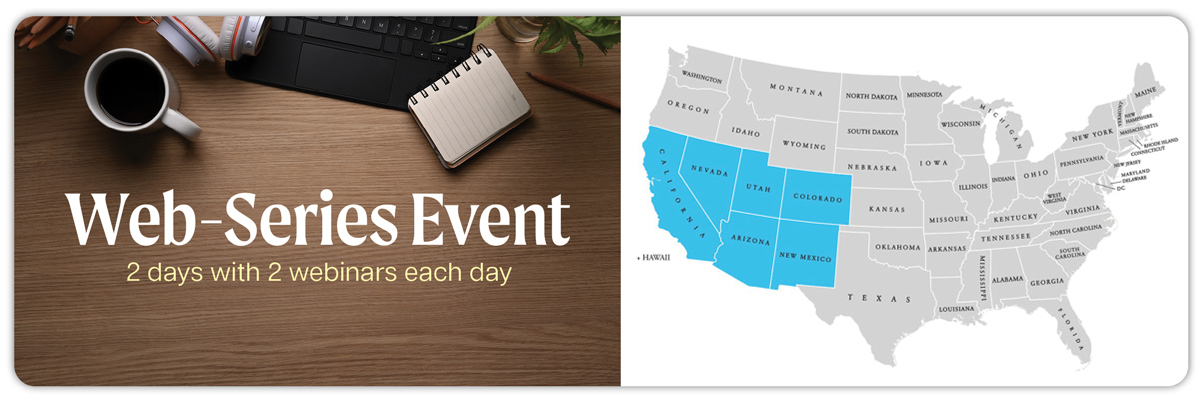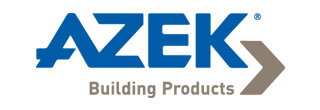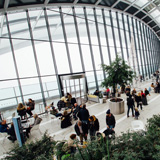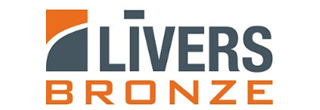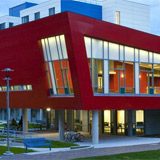Join us each afternoon to earn your Continuing Education Credits and have a
chance to win an Amazon gift card through our webinar trivia challenge!
FREE TO ATTEND! • ATTENDANCE REPORTED ON A PER-PRESENTATION BASIS
